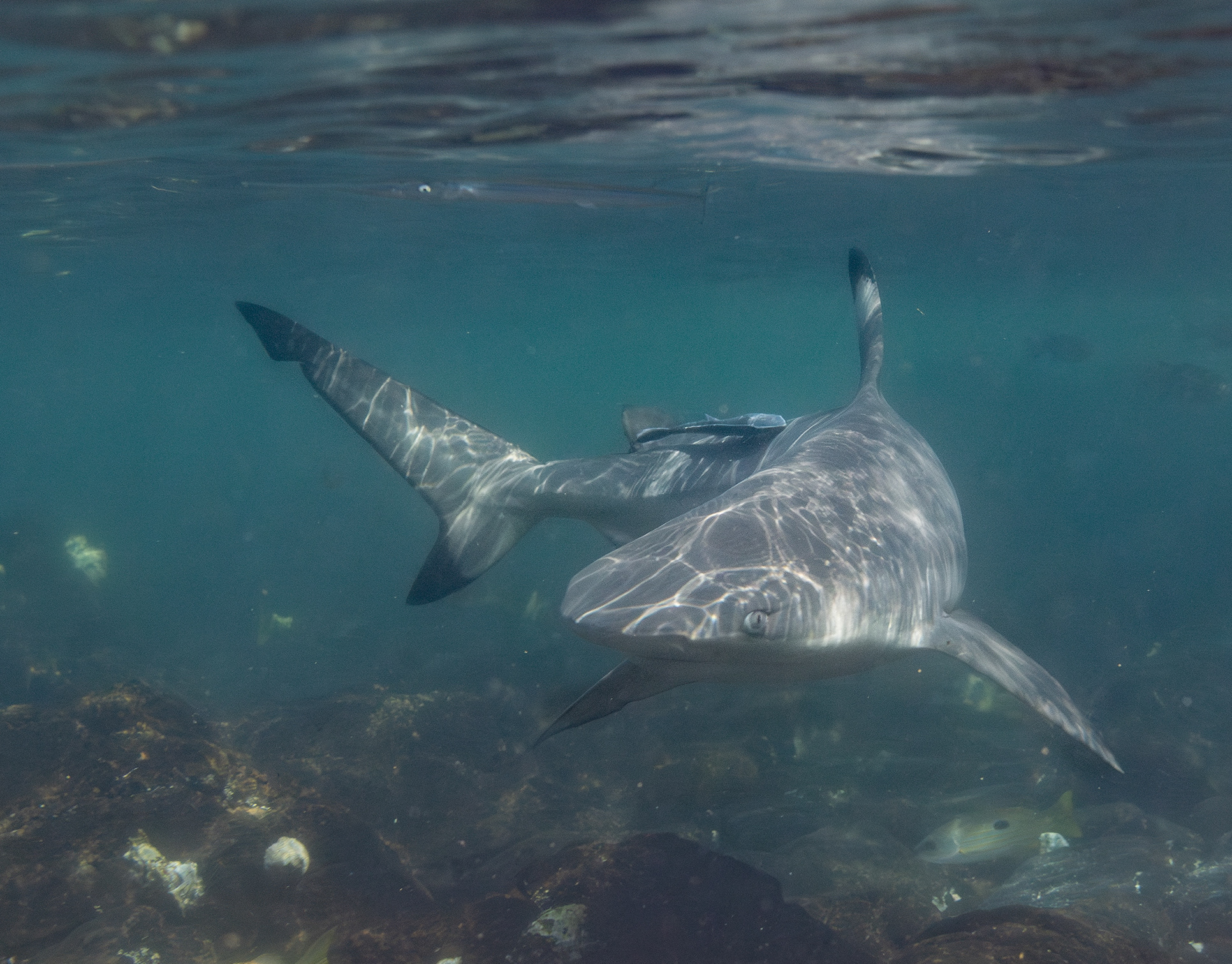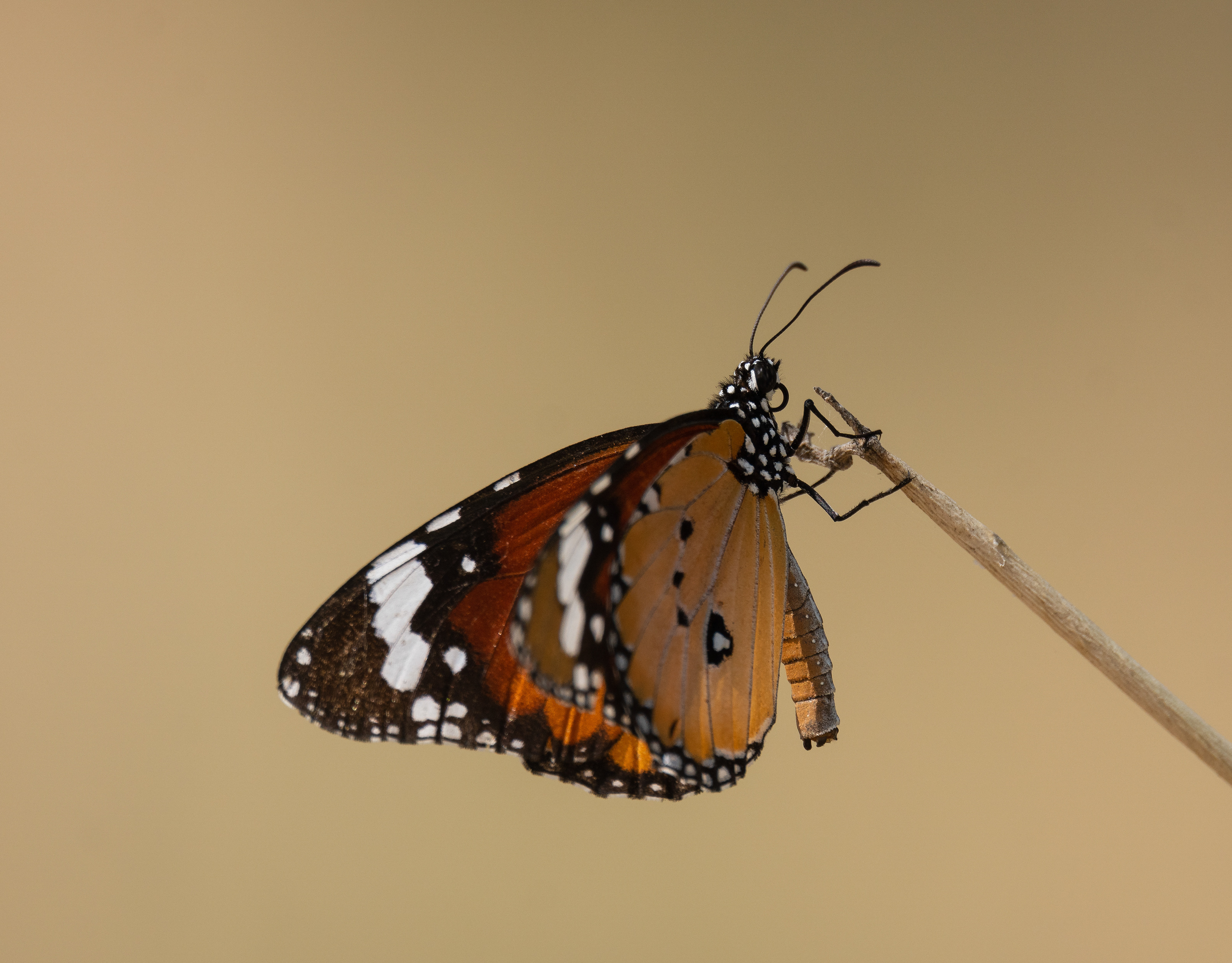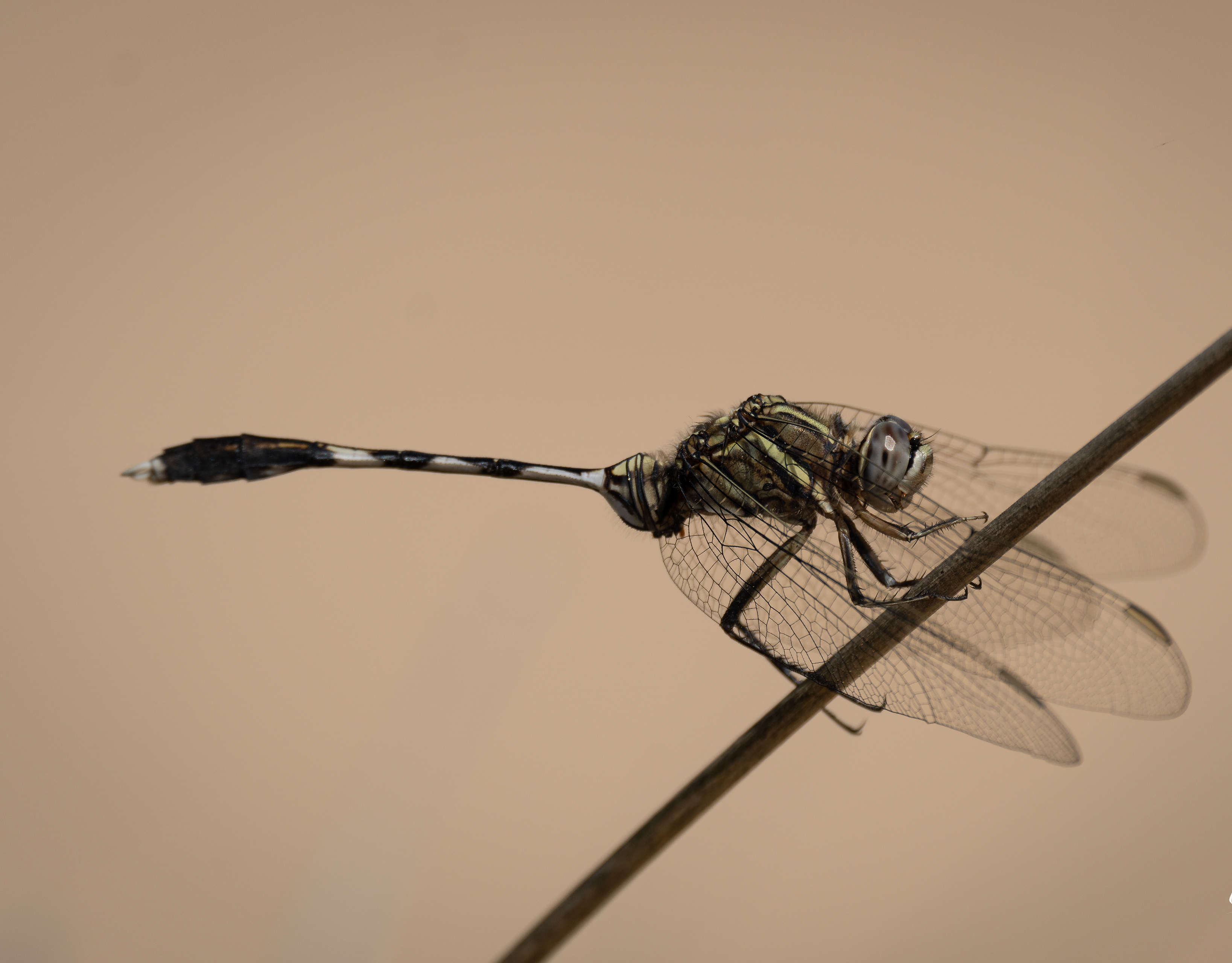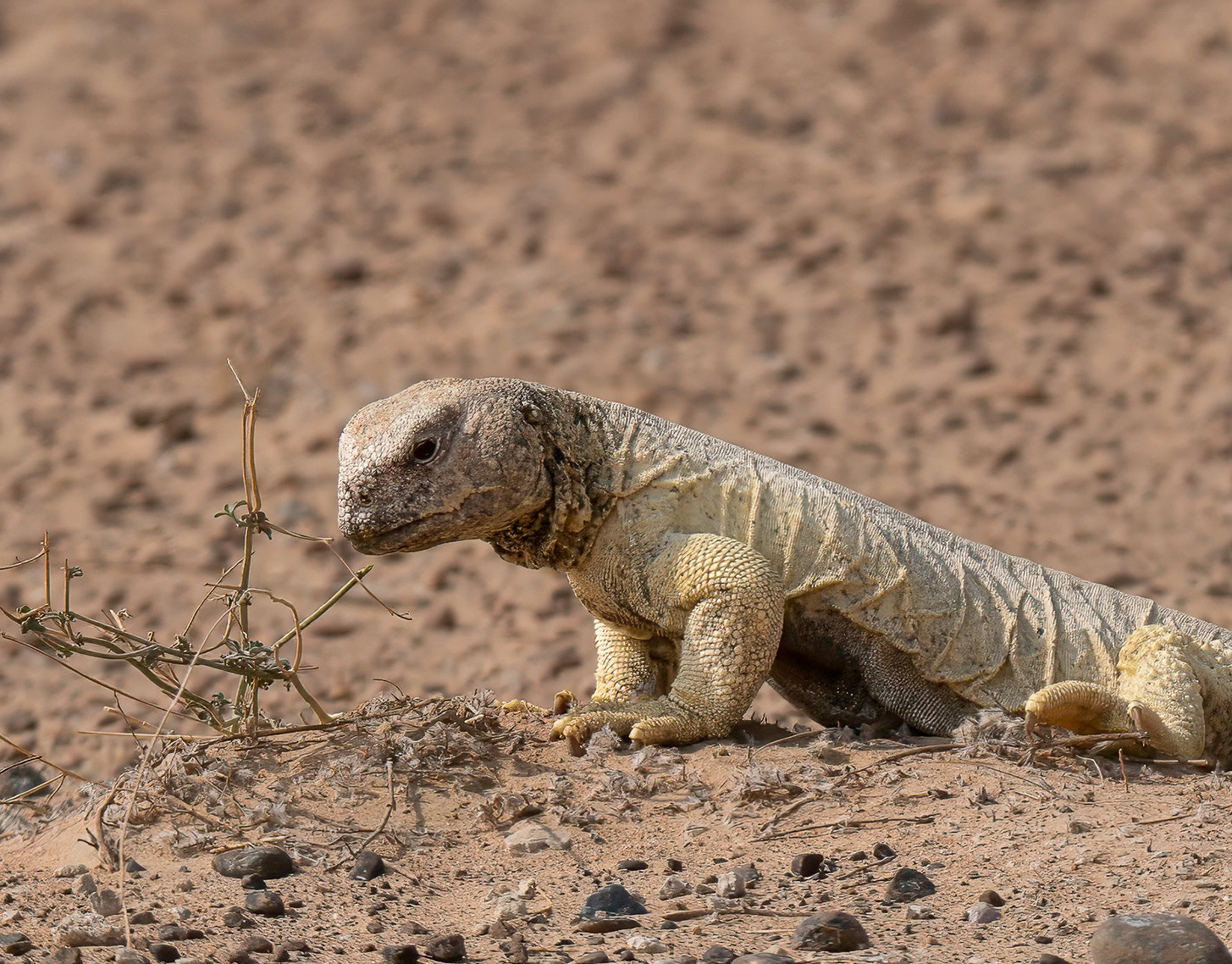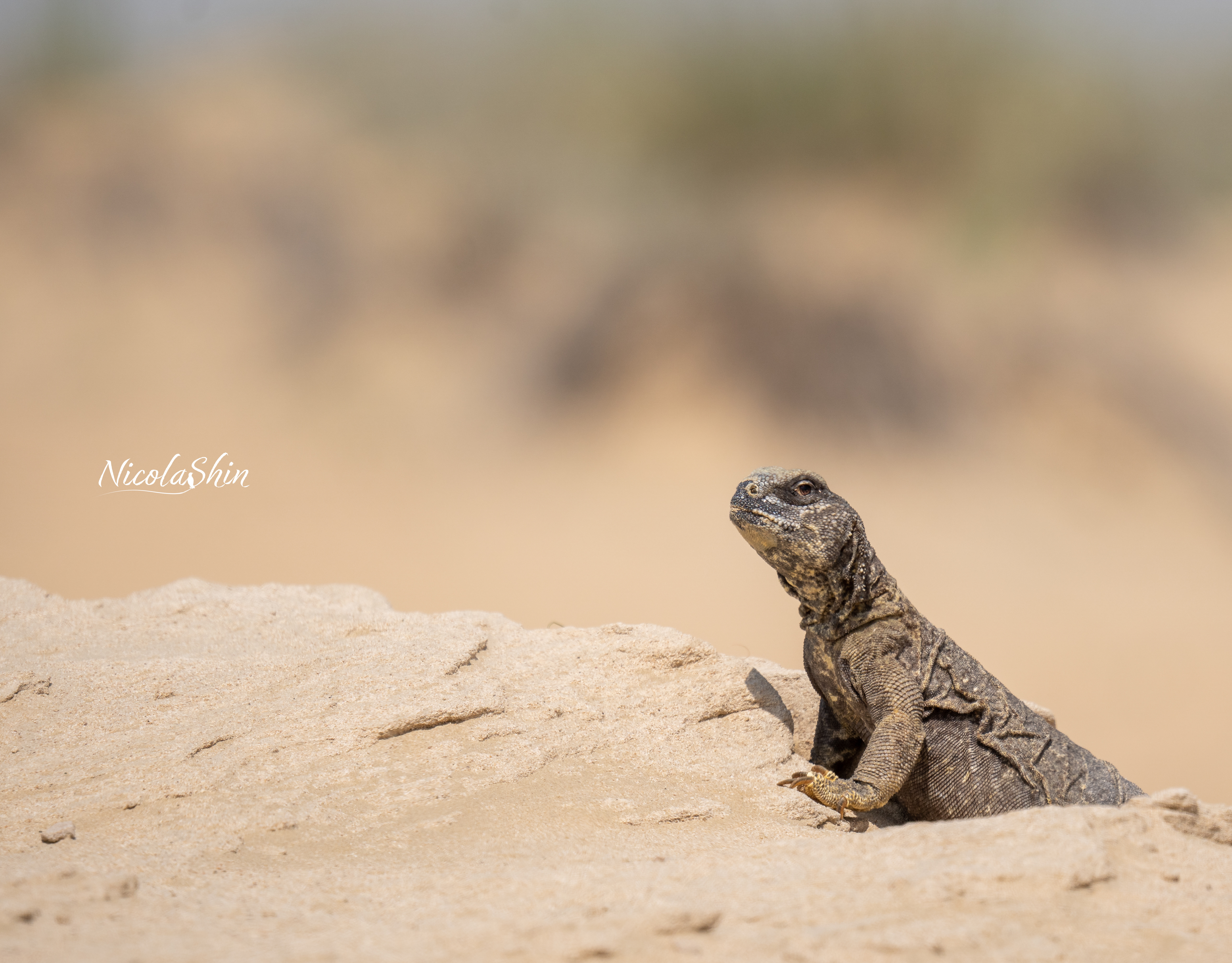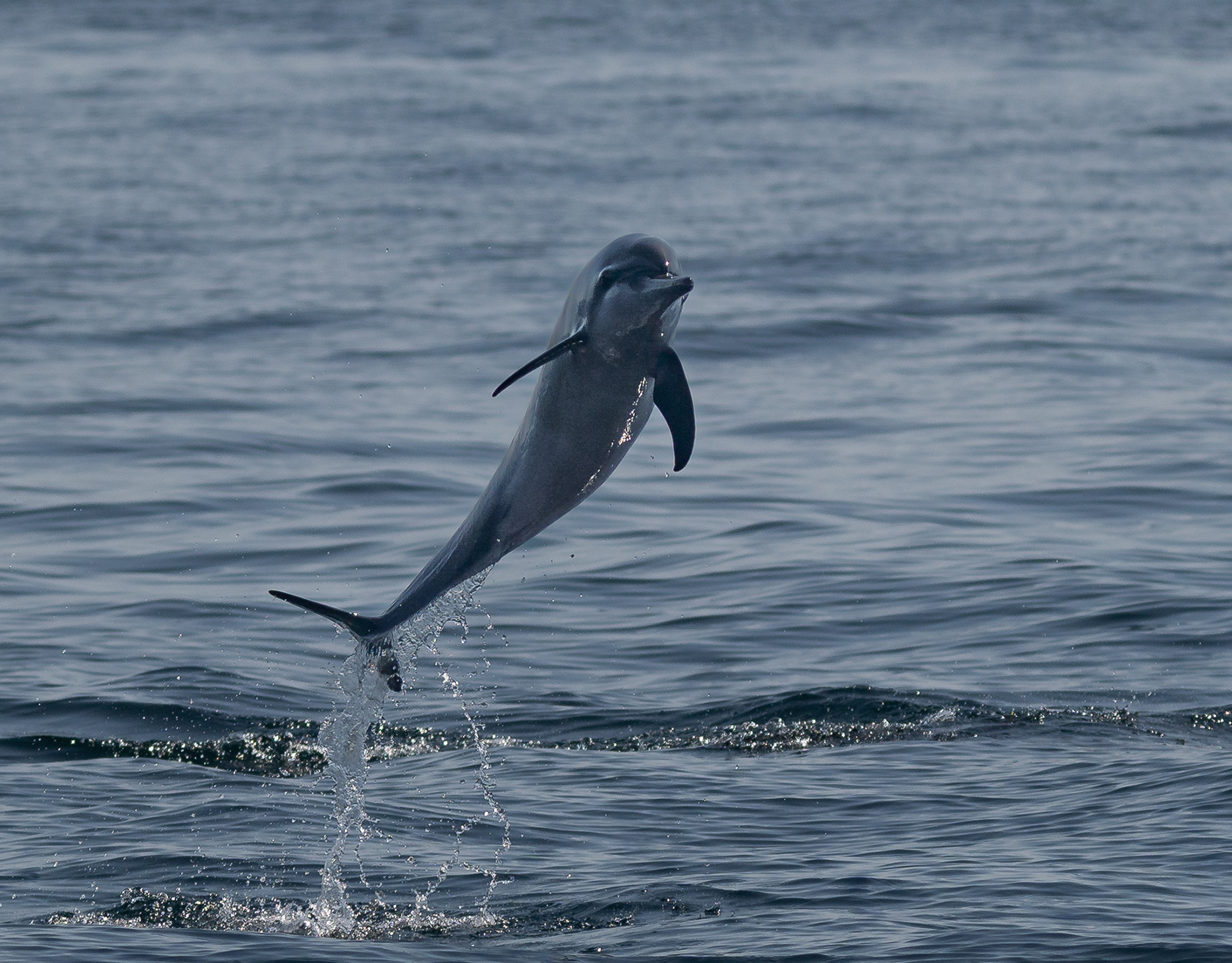March 2025:
Imagine a creature that can vanish before your eyes—not through speed, nor by diving into the depths, but by becoming the sea itself. One moment, it is a pile of shifting pebbles; the next, a burst of living coral. If you look too closely, you may find the ocean staring back at you, its skin rippling with unnatural intelligence.
This is not science fiction. This is the cuttlefish.
This is not science fiction. This is the cuttlefish.
Masters of Color Manipulation
Cuttlefish (order Sepiida) belong to the cephalopod family, alongside octopuses and squids. But among their remarkable kin, cuttlefish stand out for their uncanny ability to manipulate their skin—both in color and texture—with an artistry that baffles even the most advanced camouflage technology.
This feat is possible thanks to chromatophores, specialized pigment cells embedded in their skin. Each chromatophore contains sacs of different pigments that can expand or contract almost instantly, allowing cuttlefish to shift through an entire spectrum of colors. Beneath these, iridophores and leucophores manipulate light to produce iridescence and even polarization, enabling them to shimmer like the ocean’s surface or mimic the pale glow of sand. Their color-changing ability is so precise that it can deceive both predators and prey in a fraction of a second. Approximately 50 behavioral components that juvenile cuttlefish use to control their appearance, including chromatic, textural, postural, and locomotor components, have been identified (Hanlon and Messenger, 1988). These components allow cuttlefish to create a vast array of patterns—uniform, stippled, mottled, and disruptive—helping them blend seamlessly into their surroundings.
Masters of Shape Manipulation
Beyond color, cuttlefish can also morph their body shape using papillae, tiny muscular structures that can raise or flatten, letting them take on the roughness of a rock, the spikiness of coral, or the smoothness of the ocean floor. This ability, known as dynamic skin texture control, enhances their camouflage by allowing them to physically mimic the three-dimensional characteristics of their surroundings.
Papillae are controlled by specialized muscular contractions, enabling cuttlefish to switch between smooth and complex three-dimensional textures almost instantaneously. This texture transformation, combined with their color-changing ability, allows cuttlefish to vanish into their surroundings with unparalleled precision.
The Vision Behind the Illusion
Cuttlefish are not only masters of disguise; they also possess sophisticated vision that plays a crucial role in their camouflage abilities. Studies show that cuttlefish use multiple visual cues, including edges, contrast, and spatial frequency, to determine their camouflage strategy. Their ability to perceive depth allows them to choose the best coloration and texture to blend into three-dimensional environments. It has been demonstrated that cuttlefish are highly sensitive to object size, contrast, and number when selecting camouflage patterns, adjusting their body patterns based on environmental complexity to ensure their disguise is effective in both sparse and cluttered backgrounds (Barbosa et al., 2007). Furthermore, it is suggested that cuttlefish can differentiate between two-dimensional and three-dimensional stimuli, allowing them to optimize their camouflage in real-world environments (Chiao et al., 2007). Unlike humans, who perceive color through multiple photoreceptors, cuttlefish are actually colorblind, relying instead on polarization sensitivity to detect contrasts in their surroundings (Shook et al., 2024).
The Future of Camouflage
Scientists are studying cuttlefish not only to understand marine biology but also to revolutionize human technology. The U.S. military and bioengineers are examining cephalopod skin to develop advanced camouflage materials, dynamic displays, and even artificial muscles. A future where soldiers or vehicles can blend seamlessly into their surroundings may not be as far-fetched as it sounds, thanks to these mysterious marine shapeshifters.
A Vanishing Act Worth Protecting
Despite their extraordinary abilities, cuttlefish face growing threats from overfishing and climate change. Their short lifespans and high reproductive rates have helped maintain their populations, but changing ocean conditions could alter the delicate balance of their ecosystems. Protecting these incredible creatures isn’t just a matter of conservation—it’s about preserving one of nature’s most mind-bending marvels.
Next time you gaze at the sea, remember: something may be looking back. You just might not see it.
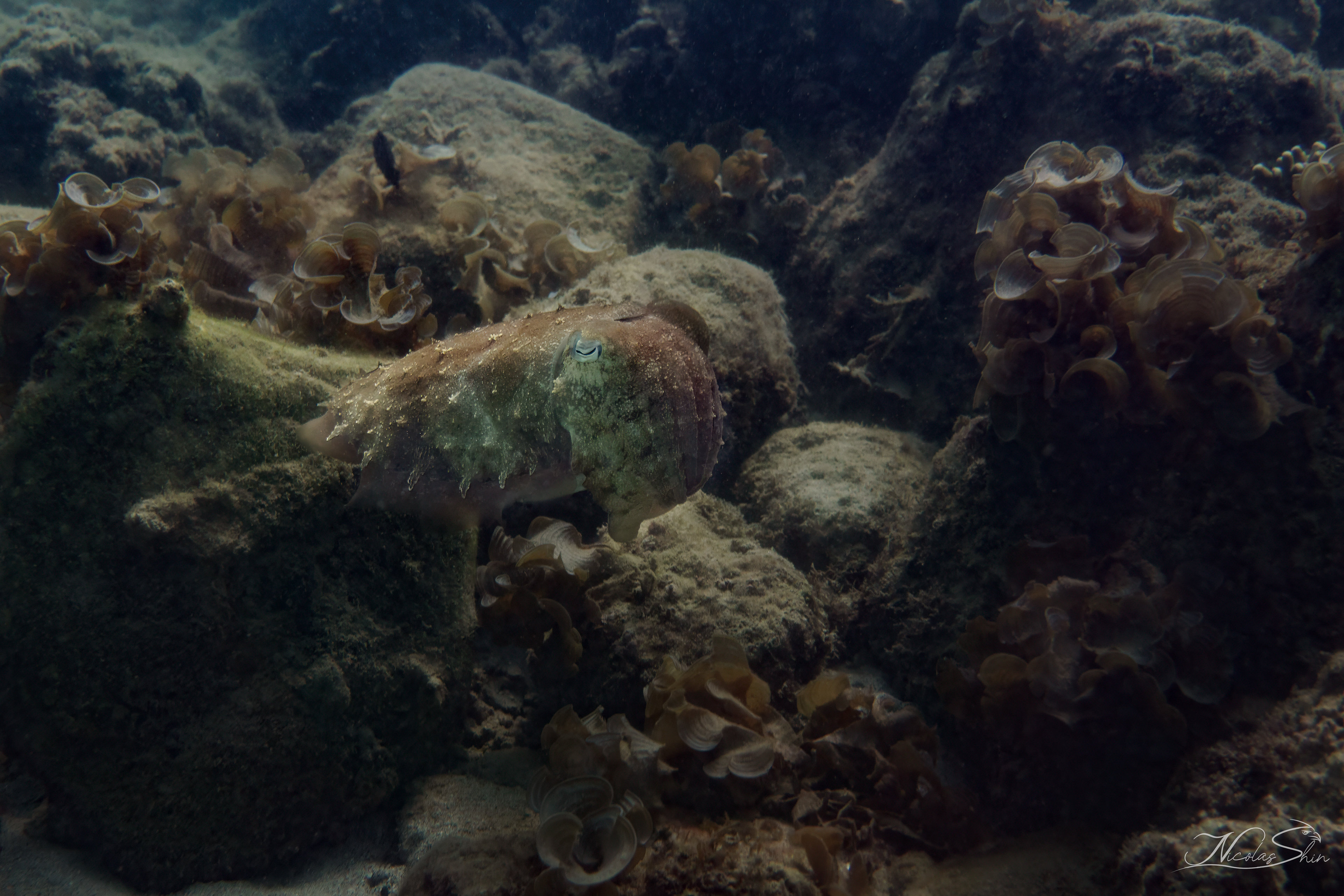
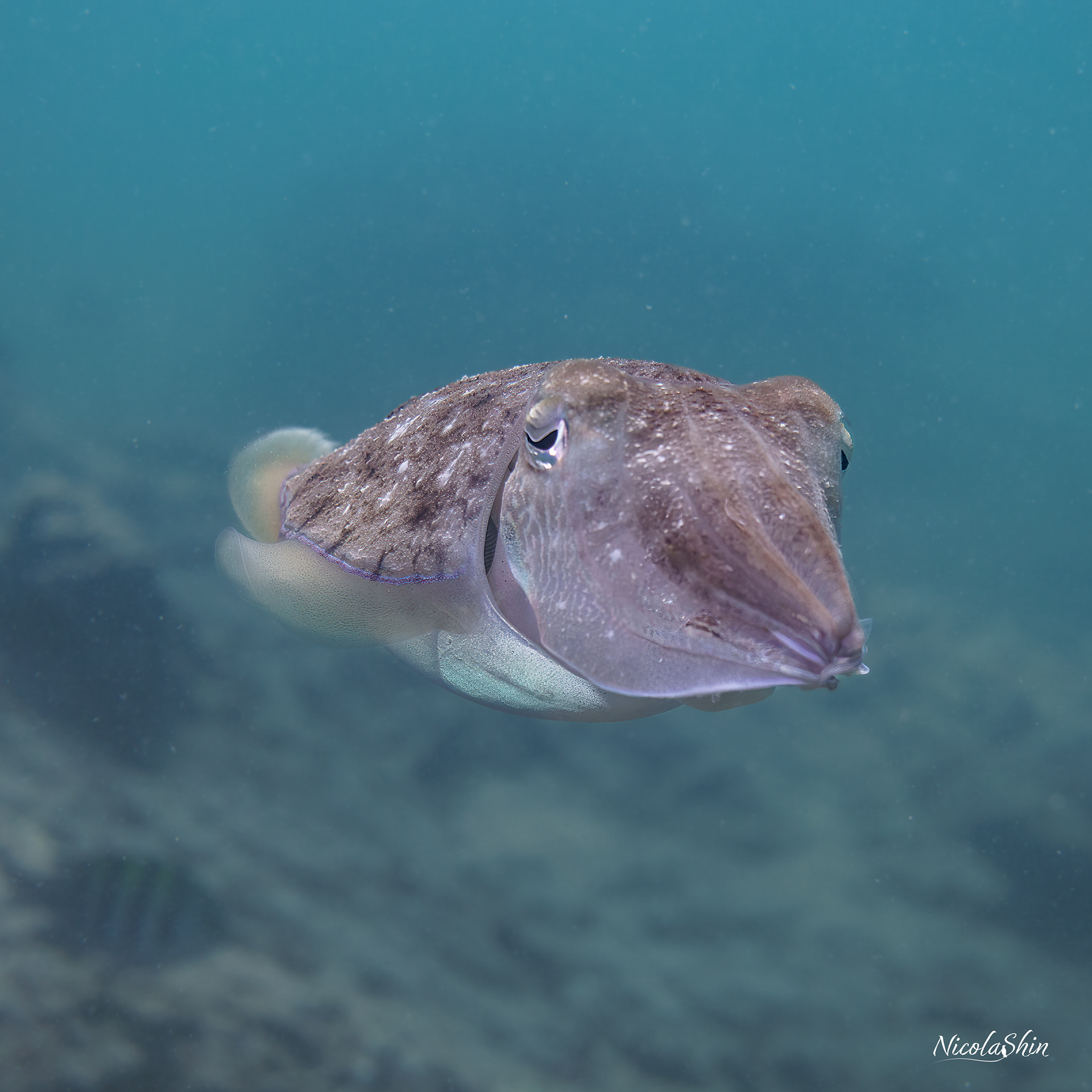
References:
Hanlon, R. T., & Messenger, J. B. (1988). Adaptive coloration in young cuttlefish (Sepia officinalis L.): the morphology and development of body patterns and their relation to behaviour. Philosophical Transactions of the Royal Society of London B.
Barbosa, A., Mäthger, L. M., Chubb, C., Florio, C., Chiao, C. C., & Hanlon, R. T. (2007). Disruptive coloration in cuttlefish: A visual perception mechanism that regulates ontogenetic adjustment of skin patterning. Journal of Experimental Biology.
Chiao, C. C., Chubb, C., & Hanlon, R. T. (2007). Interactive effects of size, contrast, intensity and configuration of background objects in evoking disruptive camouflage in cuttlefish. Vision Research.
Shook, E. N., Barlow, G. T., Garcia-Rosales, D., Gibbons, C. J., & Montague, T. G. (2024). Dynamic skin behaviors in cephalopods. Current Opinion in Neurobiology.






